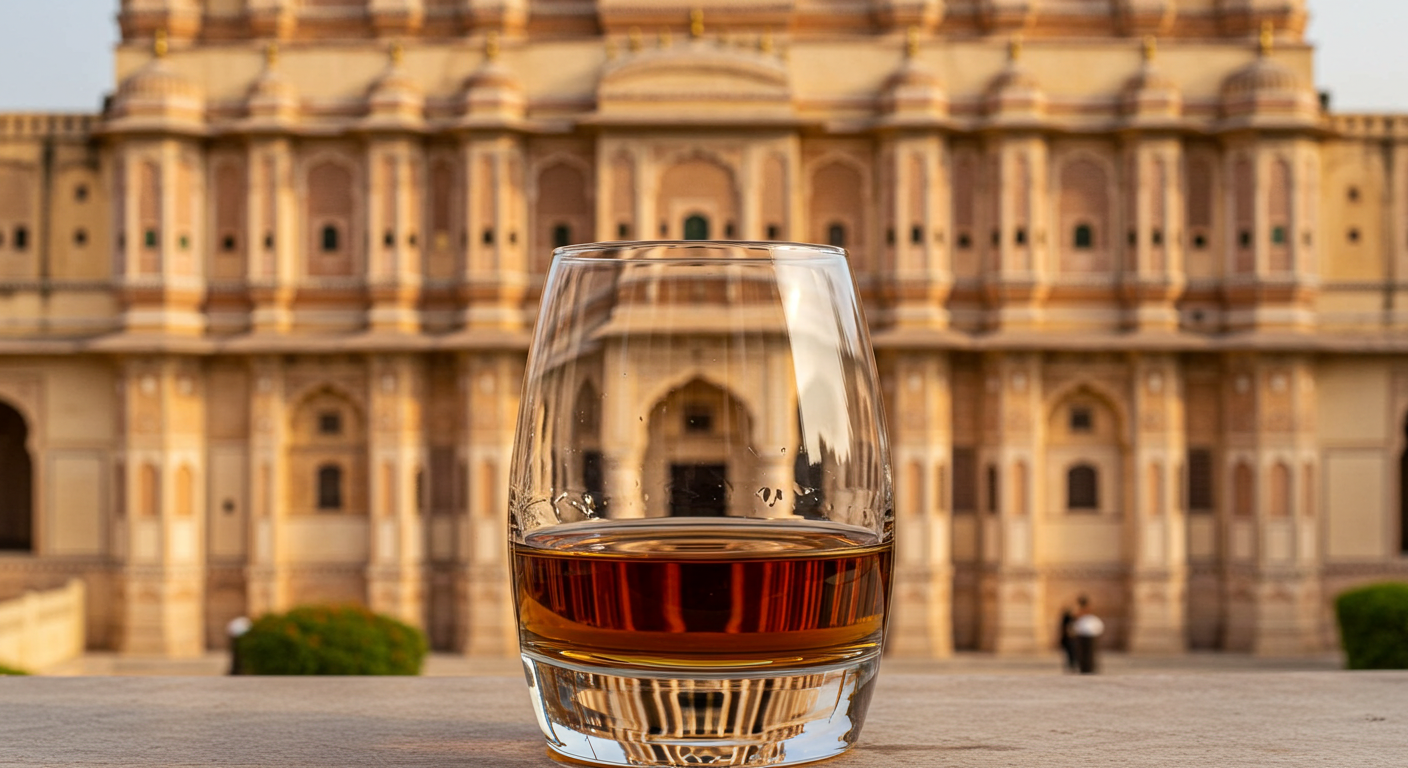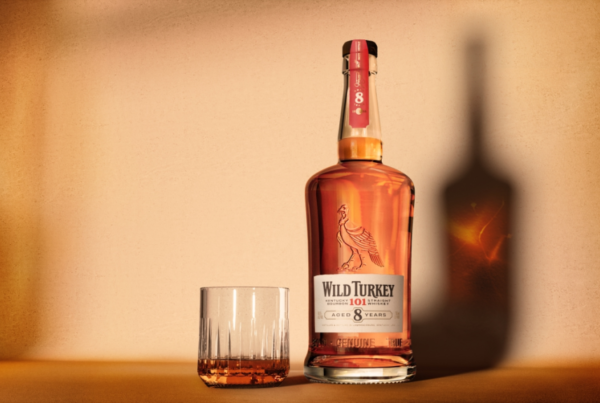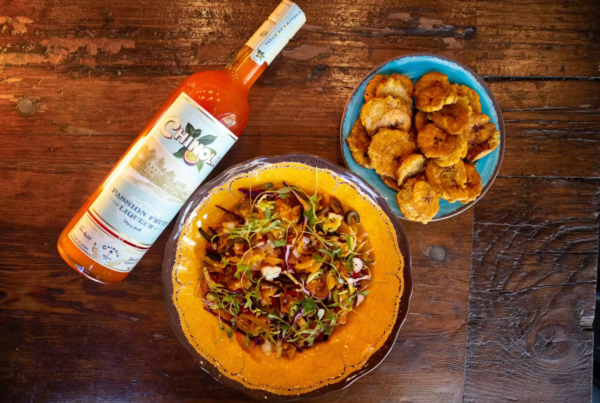London: American distillers are shifting focus to India, as heightened trade tensions and tariffs threaten sales in established markets. With the potential to tap into one of the world’s largest whisky markets, industry leaders discuss growth opportunities amid changing trade dynamics.
American distillers are facing significant challenges as they look to broaden their market reach amid heightened trade tensions and tariffs drastically impacting sales in established markets. With the European Union poised to implement a 200% tariff on American whiskies and Canadian store shelves increasingly devoid of their products, the focus is shifting towards India, which presents an opportunity for expansion in one of the world’s largest whisky markets.
India, with a burgeoning population nearing 1.5 billion, is seeing a parallel rise in disposable incomes, promising a lucrative market for alcoholic beverages. According to data from Statista, India’s consumption of alcoholic drinks surpassed 6 billion litres last year, yielding revenues of approximately US$33 billion from spirits—a figure second only to the United States. Notably, brown spirits dominate this landscape, accounting for about 95% of total spirit consumption, with whiskey, particularly Scotch, leading the category. Conversely, American bourbon sales to India reflect a mere US$8.8 million, positioning the United States in 23rd place in the export rankings.
The insights were revealed at the James B. Beam Institute industry conference at the University of Kentucky, where leaders from major brands such as Suntory, Brown Forman, and Heaven Hill Brands convened to discuss evolving market dynamics. The bourbon segment, which previously enjoyed assured growth, experienced a downturn of 2% in volumes during the initial eight months of 2024, as reported by IWSR data. This decline follows several years of robust growth, which averaged 5% annually between 2019 and 2022.
Greg Hughes, president of Suntory Global Spirits, remarked on the momentum shift: “We’ve all increased production to catch up with demand, and now we’ve caught up. So now we’re ready… the unknown demand that exists across the entire world.” His sentiments aligned with those of Kate Latts, co-president of Heaven Hill Brands, who stated, “If we could just get… a little bit of that Scotch and beer consumption, we’re going to be in a place where we don’t have enough.”
Recognising India’s potential, Hughes described it as “a huge opportunity market for the spirits industry,” asserting that capturing even 5% of the Scotch market in India could lead to full capacity for Kentucky distilleries. The drive towards this emerging market has been accelerated by recent trade discussions between the United States and India, resulting in a decision to reduce import tariffs on American whiskies from 200% to 100%. This adjustment creates a competitive edge for American brands over Scotch whisky, which currently faces a 150% tariff.
Lawson Whiting, CEO of Brown Forman, echoed cautious optimism regarding the evolving trade landscape. “It’s a good sign that the EU announced a deadline… for imposing its threatened 200% tariff on American whiskies. There’s time to negotiate,” he commented, expressing hope for an agreement that would facilitate continued flow of both Kentucky bourbon and French wine.
As American distillers recalibrate their strategies against the backdrop of changing trade policies and market dynamics, the focus on India marks a significant shift in efforts to rebound from the recent downturn. The potential for growth within India’s rapidly expanding middle class, coupled with changing preferences for premium spirits, may represent a pivotal opportunity for American whiskey brands seeking to navigate current market challenges.
Source: Noah Wire Services







